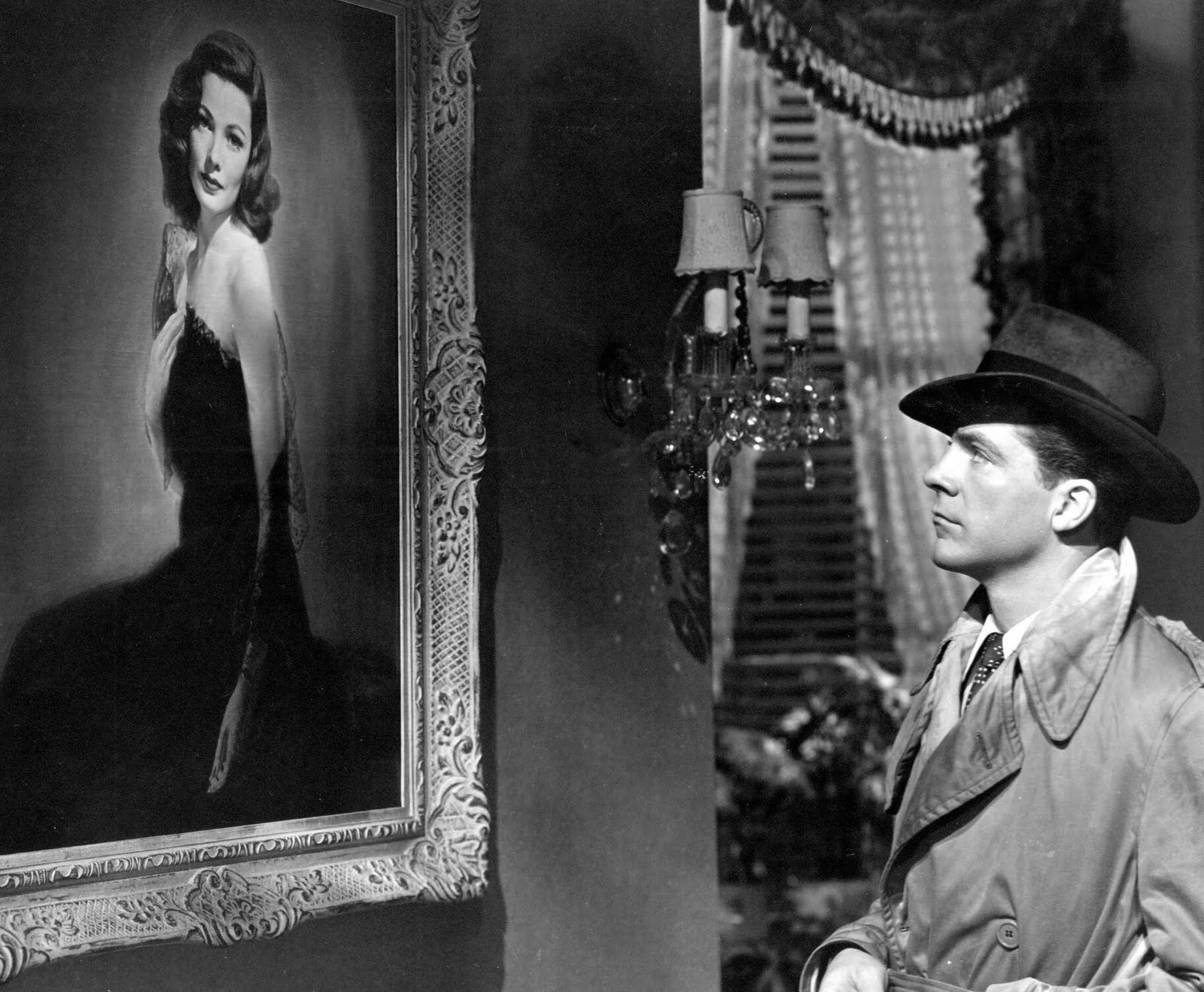When Walter Hartright visits Old Welmingham, he meets the impoverished settlers still inhabiting the ruinous village. The town is littered with the bones of “empty houses;” some are “dismantled,” while others are “left to decay with time” (495). In a few dilapidated cottages, some inhabitants, “evidently of the poorest class,” struggle to survive on the most meager supplies (495). As a man of good heart, Walter pities such a “dreary scene” (495).
After a fire breaks out “in the vestry of Old Welmingham church,” Walter is forced to turn to the destitute villagers for aid (495). At first glance, Collins characterizes these “haggard men and terrified women” in a harsh manner (517). For instance, none of the villagers seem willing to help Walter rescue Sir Percival until he offers them “[f]ive shillings apiece” (517). Their desperate “hunger for money” is the only thing that can rouse “them into tumult and activity” (517). This paints them as greedy and selfish. Moreover, they show little regard for Sir Percival’s life as they cheer with “shrill starveling voices” (518). Poverty has altered the villagers on a fundamental level; even their voices show signs of their indigence. Their morals have been similarly corrupted. They rejoice at another man’s imminent death if it means they get a few measly coins.
Still, Collins cannot help but extol the virtues of a simple life. Walter acknowledges that the villagers’ “hunger for money” is only the “second hunger of poverty” (517). First and foremost, the villagers are desperate for food. Their inappropriate behavior, then, can be explained away by their starvation. The shocking appearance of the village is also reframed in a positive light. Though the village presents “a dreary scene,” Old Welmingham is “not so dreary as the modern town” of New Welmingham, repellingly overcrowded (495). In Walter’s estimation, even “the ruins of Palestine” cannot rival the “modern gloom” of an English suburb (483). The villagers, then, embody a nostalgic return to a simpler, more pastoral way of life in England. Most importantly, the villagers—prelapsarian in their ignorance—have not been corrupted by a lust for status. In the hubbub of village gossip, the villagers speculate on Sir Percival’s rank. “Sir means Knight,” one resident remarks (520). “And Baronight, too,” another replies uncertainly (520). By using the term “Baronight,” Collins emphasizes his sharp critique of the gentry’s laughable vanity.
The use of the nonce word “baronight” appears in other great classics of English literature, from Frances Burney’s Camilla (1796) to Mary Elizabeth Braddon’s Fenton’s Quest (1871). Most famously, a servant in Jane Austen’s Persuasion (1817) mistakenly refers to William Elliot as a prospective “baronight” (154). This, of course, is a great insult to the vain members of the Elliot family. How dare the working class not respect their superiors? As editor Robert Morrison points out, the servant’s “malapropic combination of ‘baronet’ and ‘knight’…indicate[s] his indifference to the gradations of rank” (154). Critic Juliet McMaster argues that the term “baronight” suggests that “being a baronet can be a somewhat benighted condition” (116). In other words, the lower classes of England do not understand or care to understand what a baronet is or does. Is power still considered power if those underneath you are unaware of it or fail to respect it?
This same question can apply to The Woman in White. Sir Percival Glyde spends his entire life protecting his title as a baronet. He commits a capital crime to maintain his rank, and he dies trying to cover his tracks. In Austen, such an obsession with the Baronetage “is made not only comic but contemptible” (McMaster 116). The same can be said of Collins’s characterization of Sir Percival. When none of the villagers remember Sir Percival for being a baronet, the reader cannot help but scorn, pity, and laugh at the dead nobleman simultaneously. By trivializing Sir Percival’s title, Collins implicitly suggests that rank is superfluous. It is better to be poor and honest than a lying man of status and wealth. While on earth, Collins argues, we must lead lives worthy of salvation, whether we are rich or poor. If we fall into the fires of hell, we all become “dust and ashes” just the same (517).
Works Cited
Austen, Jane. Persuasion, edited by Robert Morrison, Harvard University Press, 2011.
Collins, Wilkie. The Woman in White. Penguin Classics, 2003.
McMaster, Juliet. “Class.” The Cambridge Companion to Jane Austen, edited by Edward Copeland and Juliet McMaster, Cambridge University Press, 1997, pp. 115-130.
